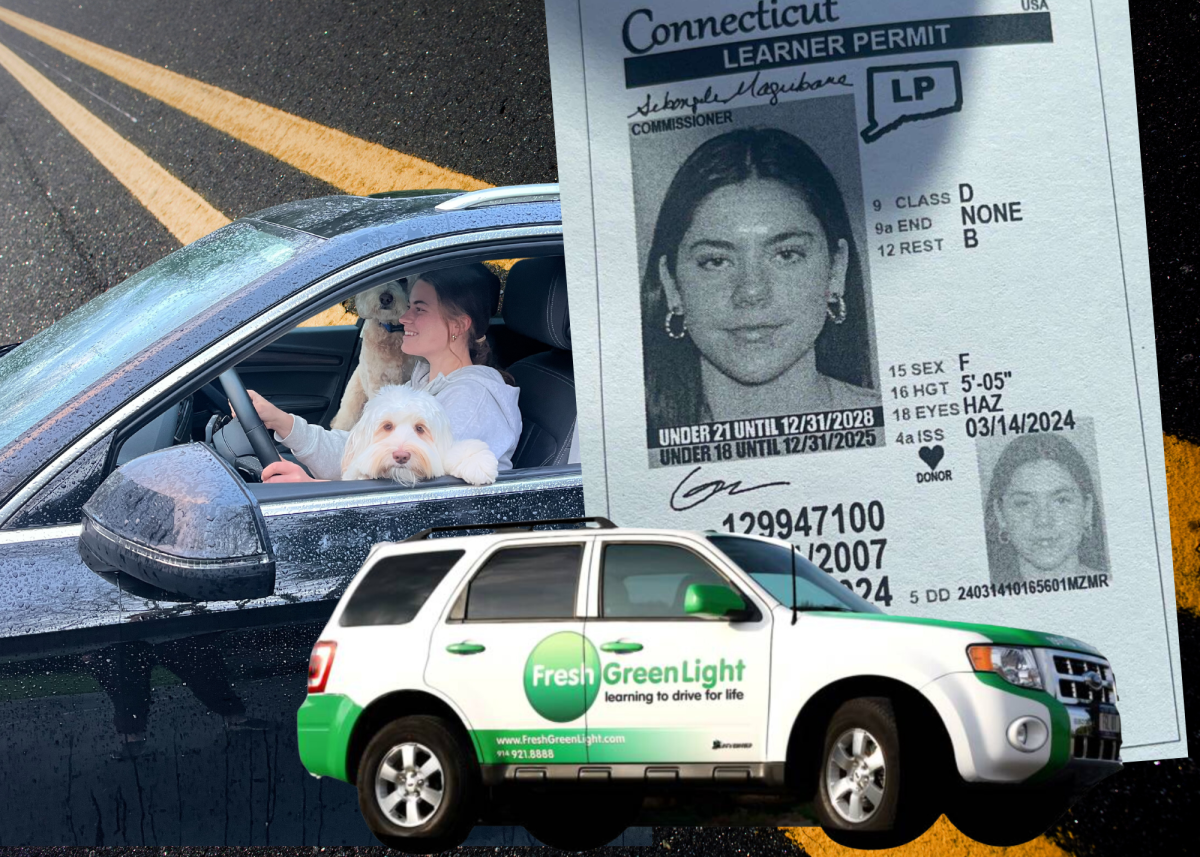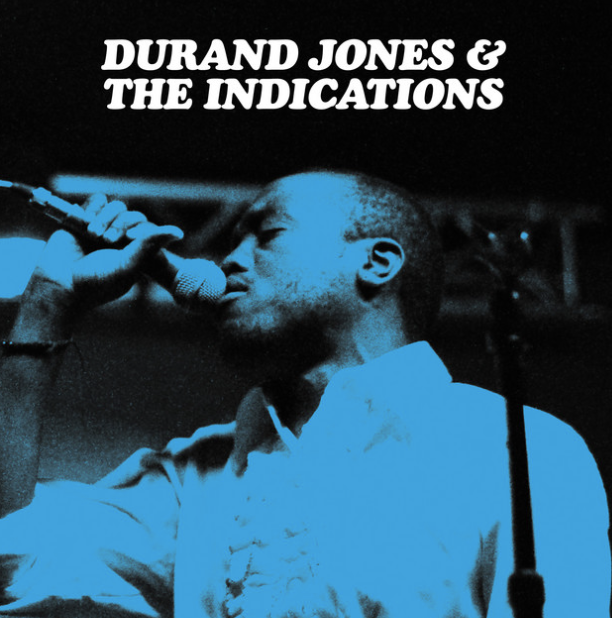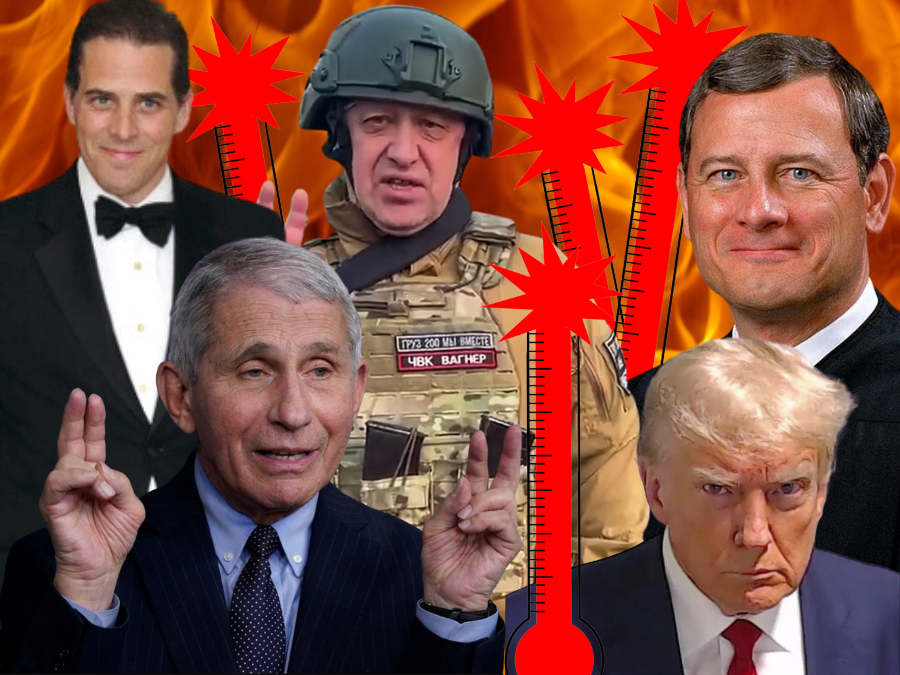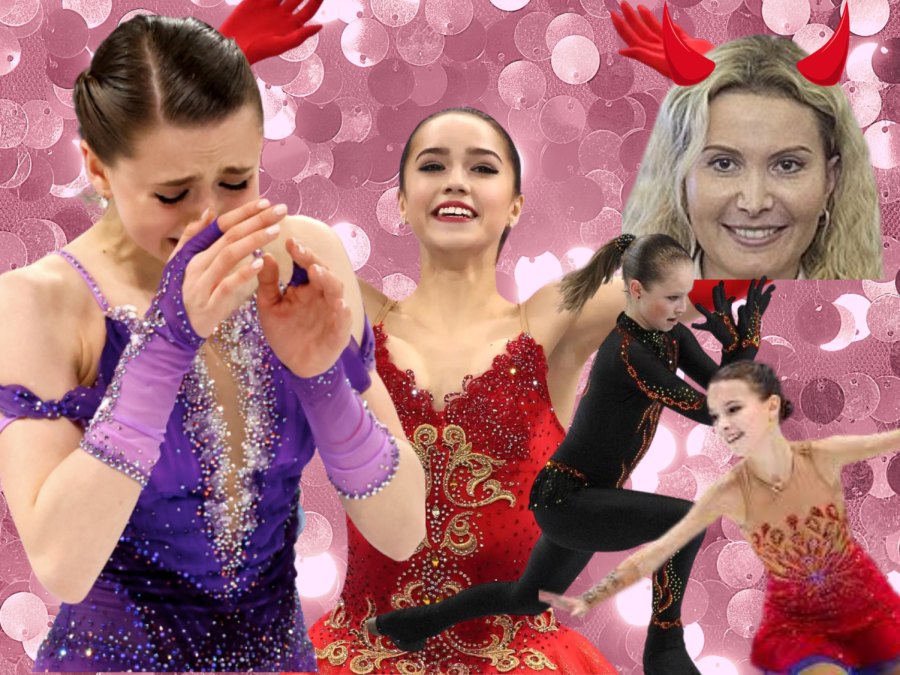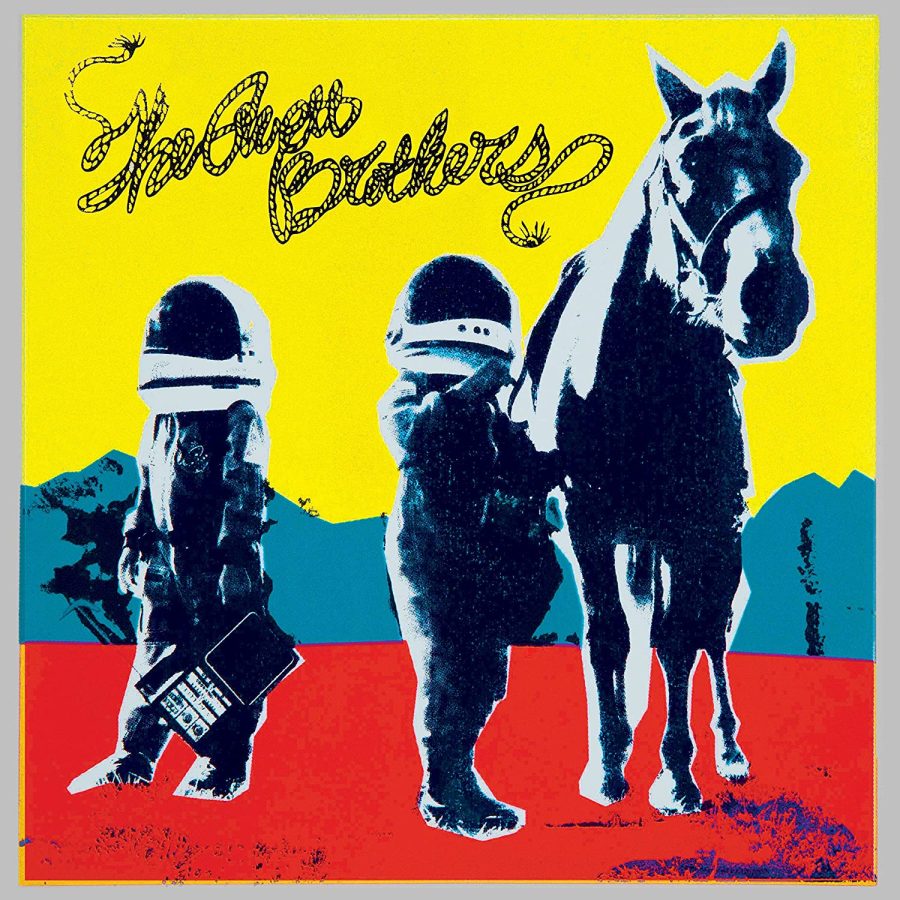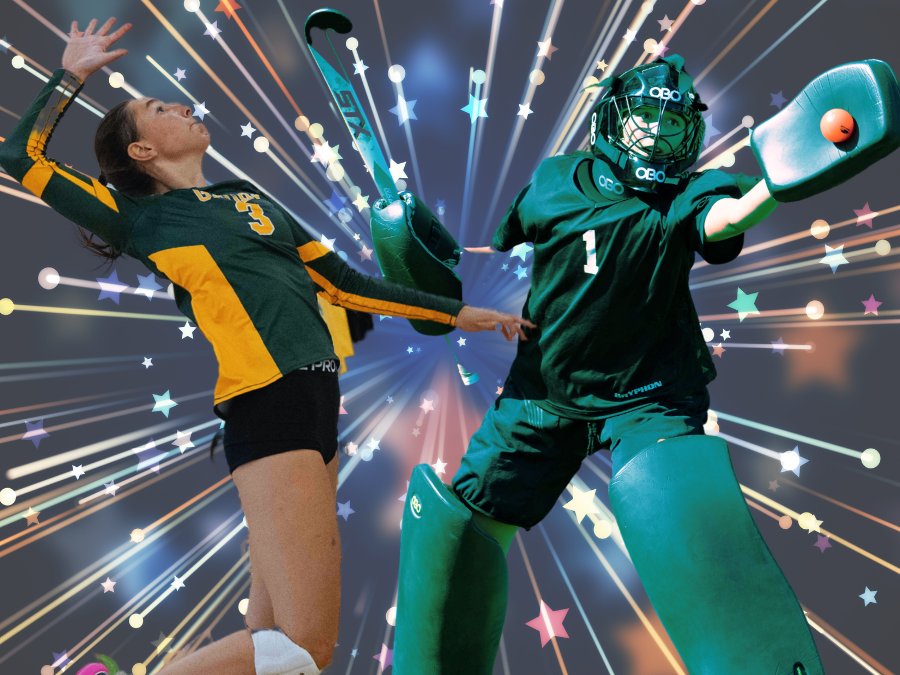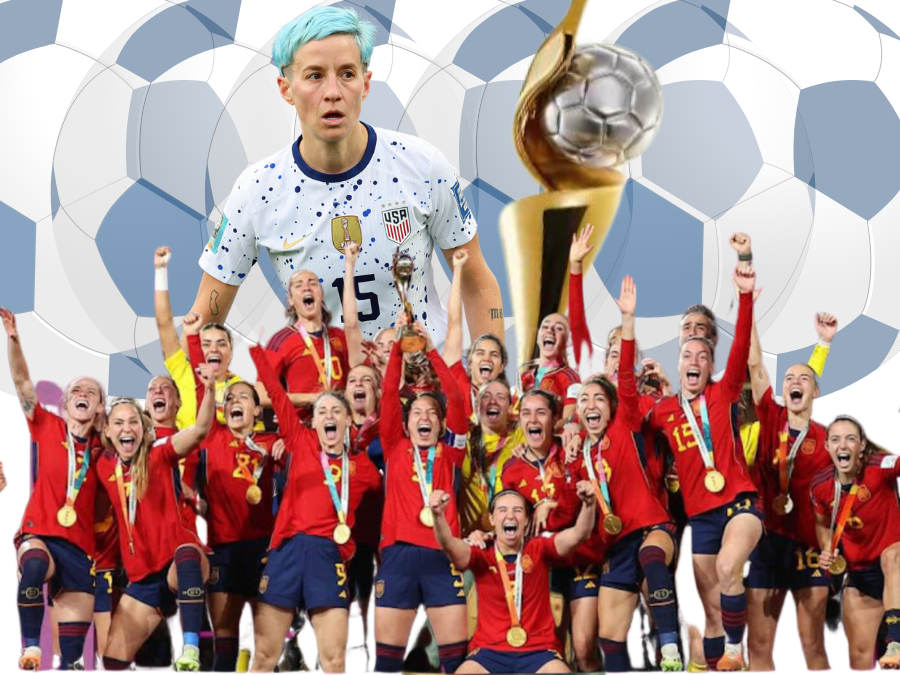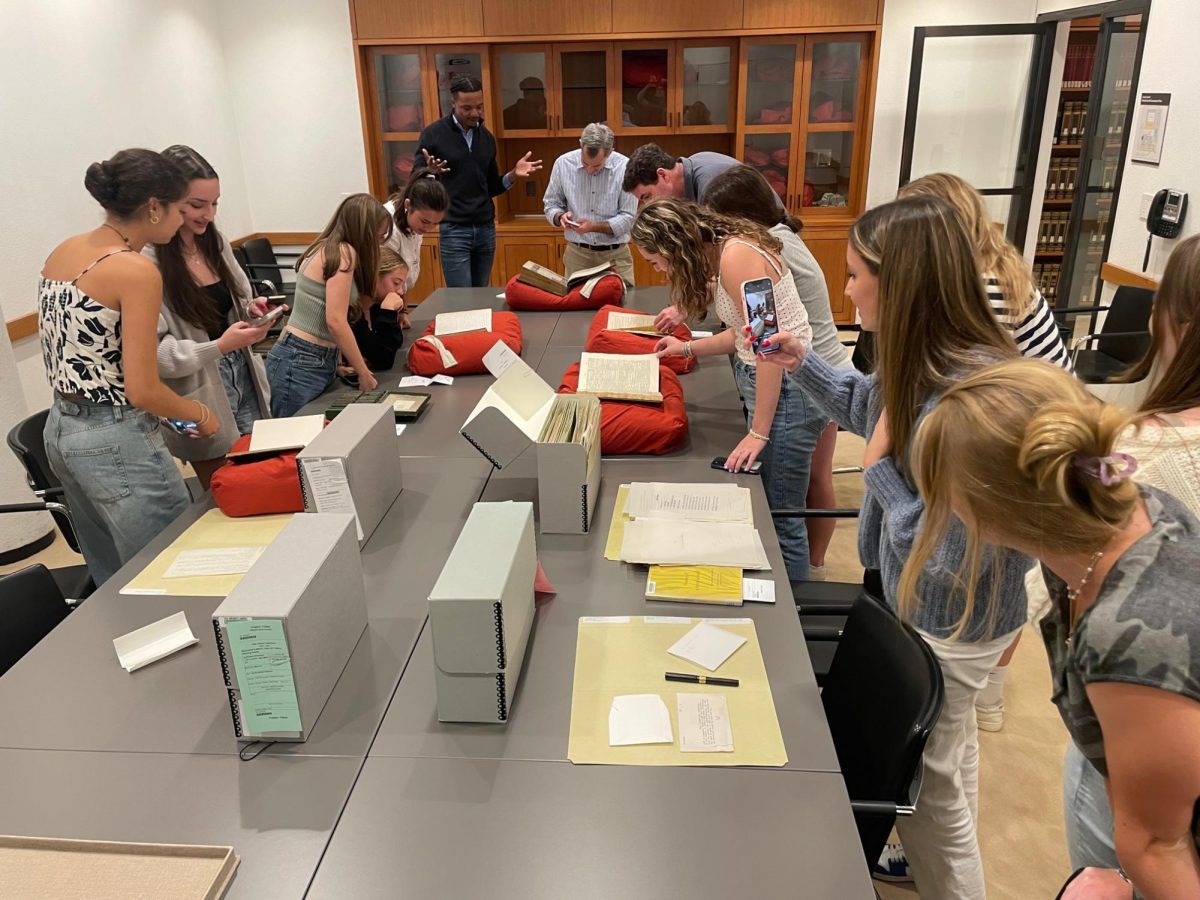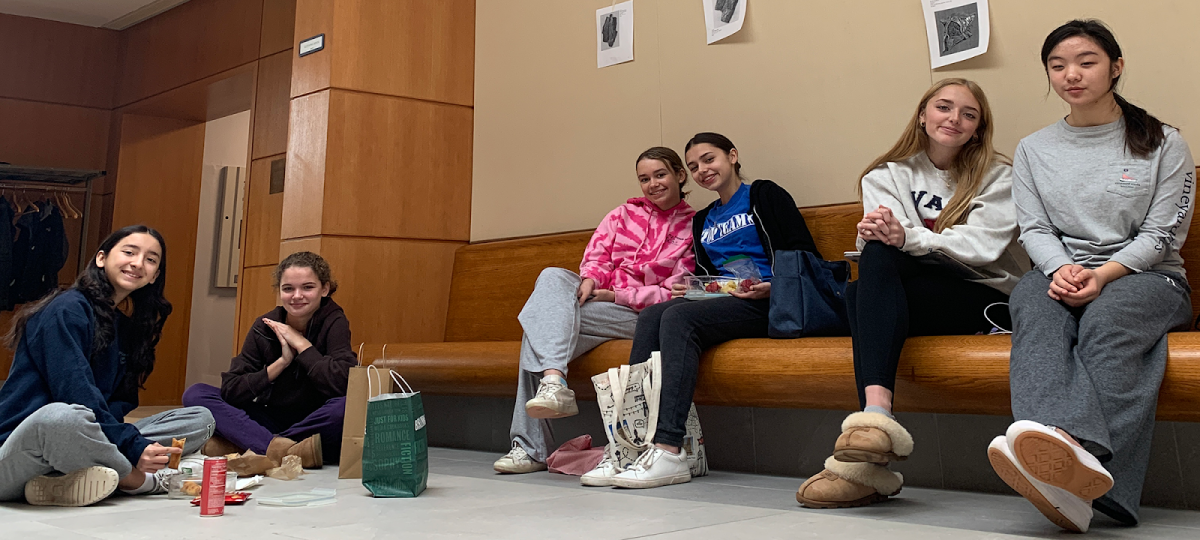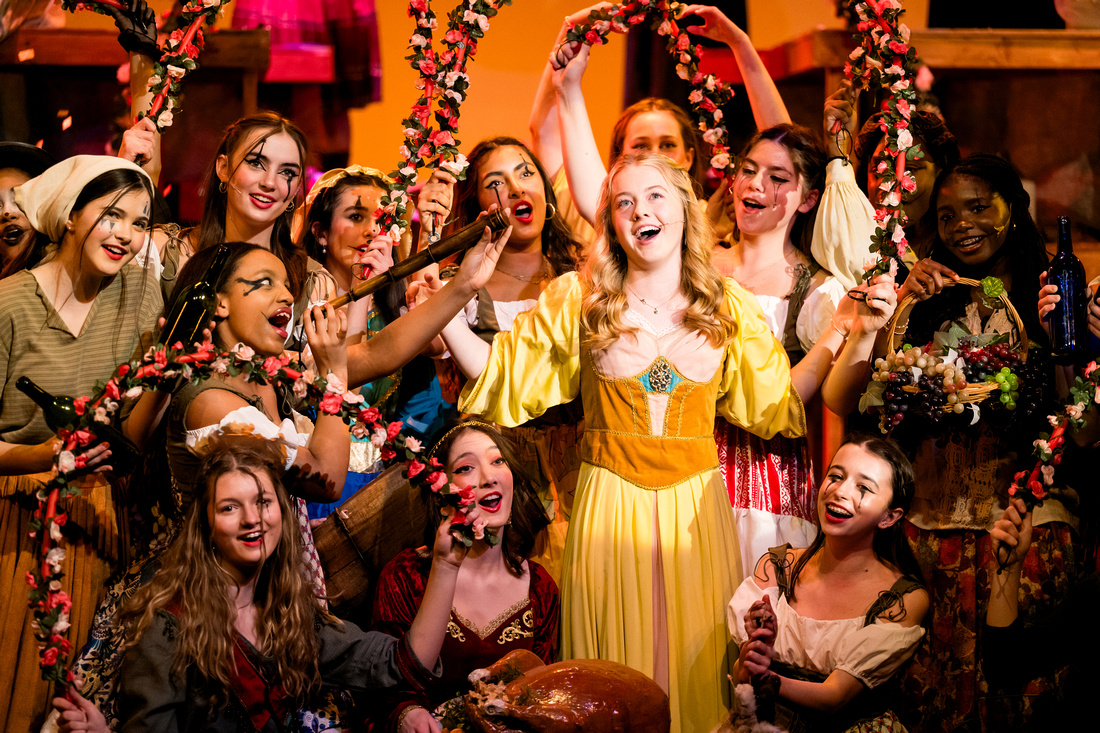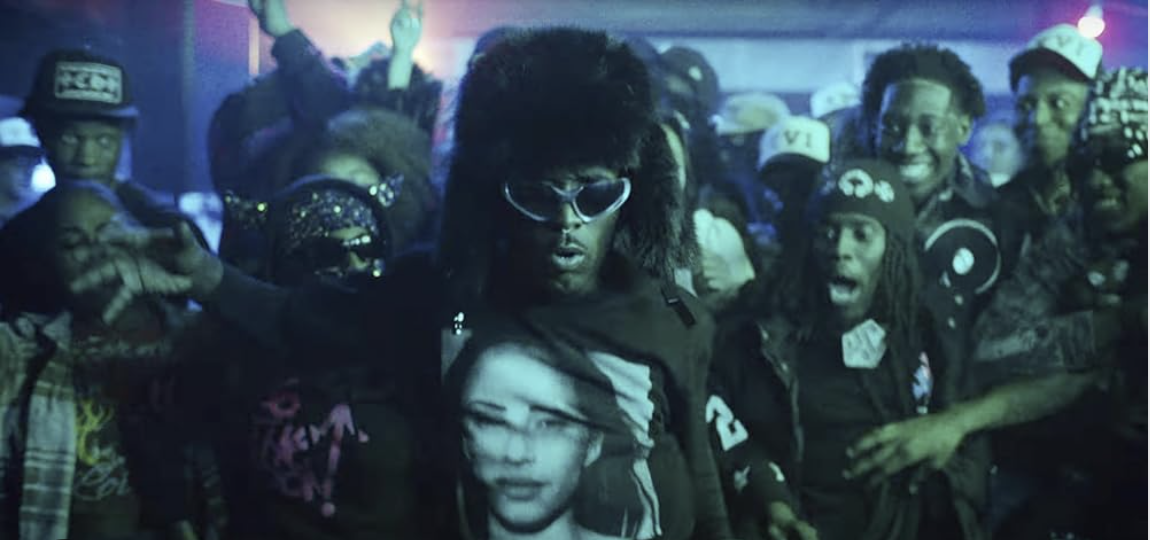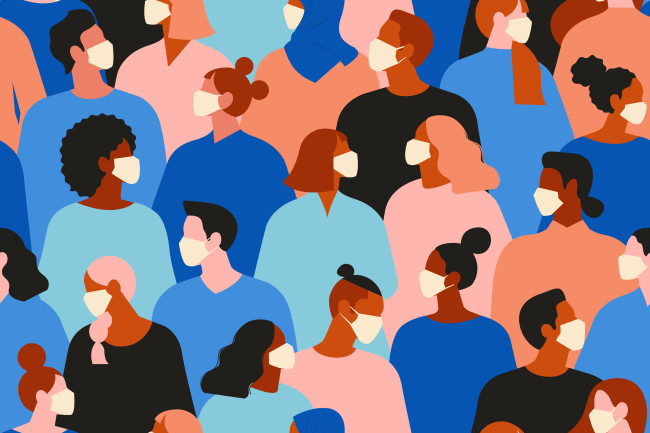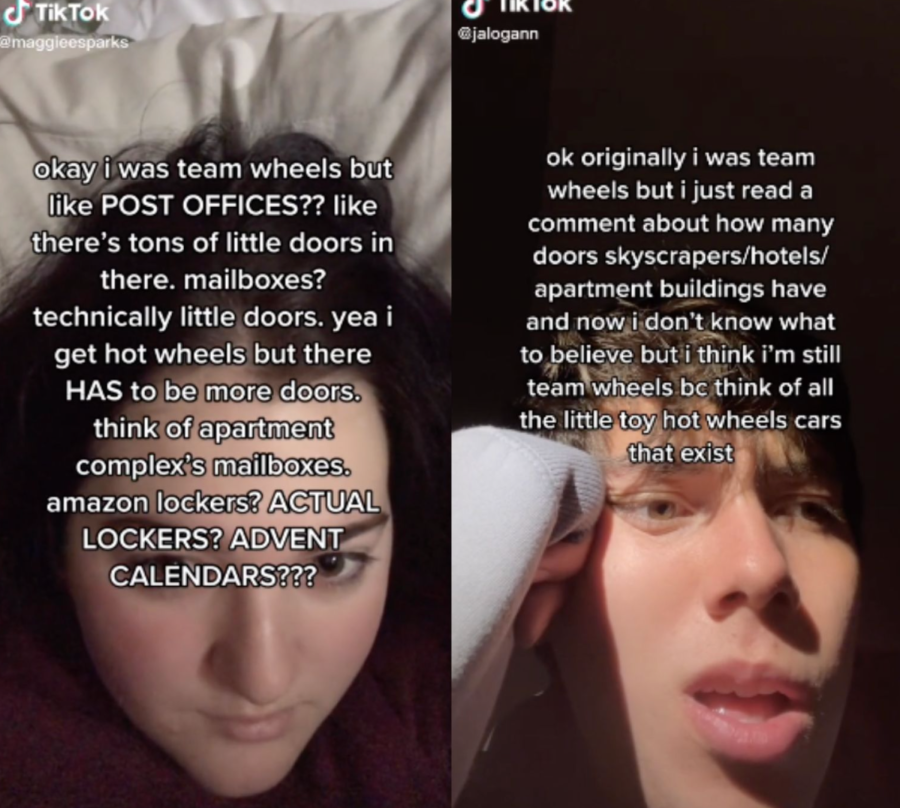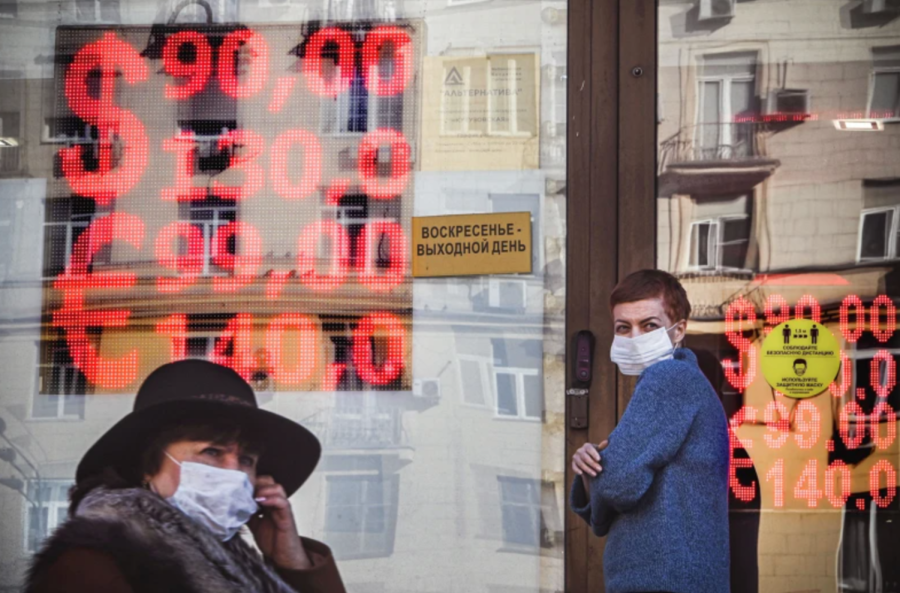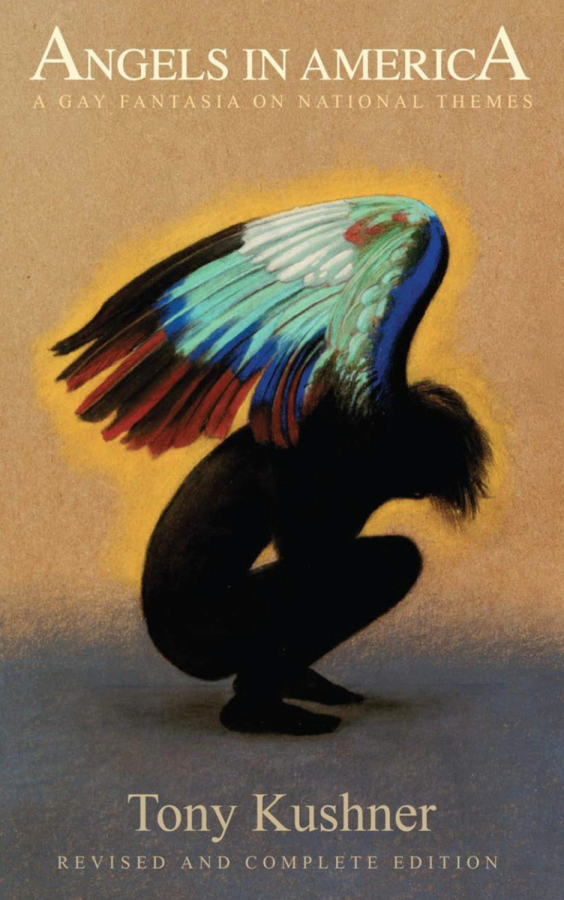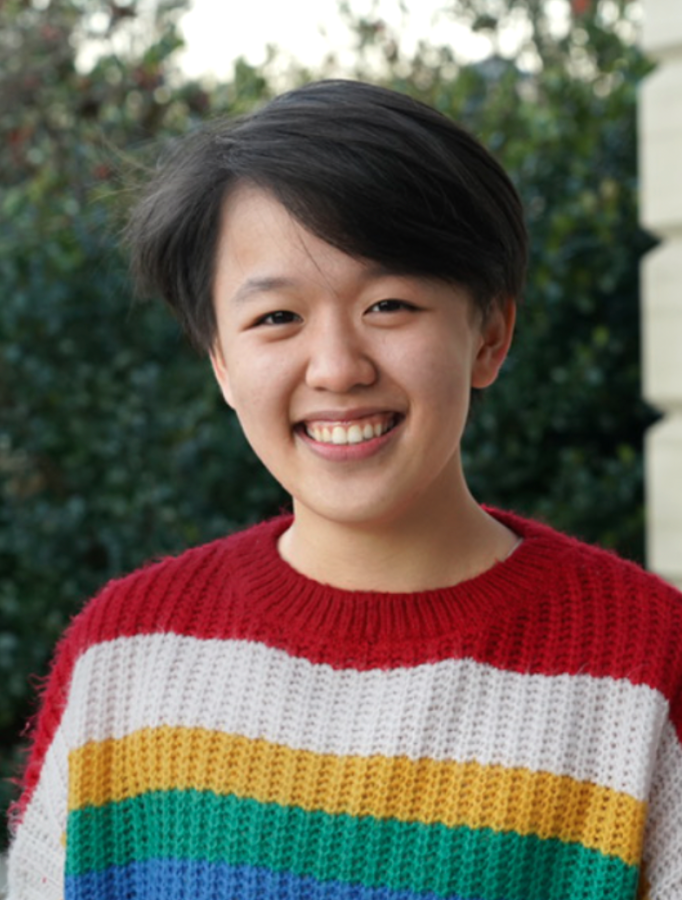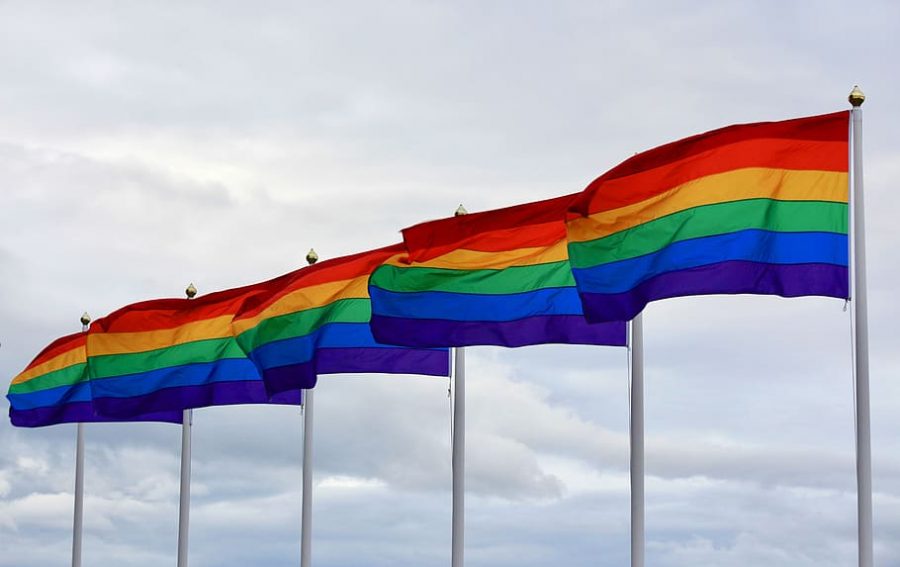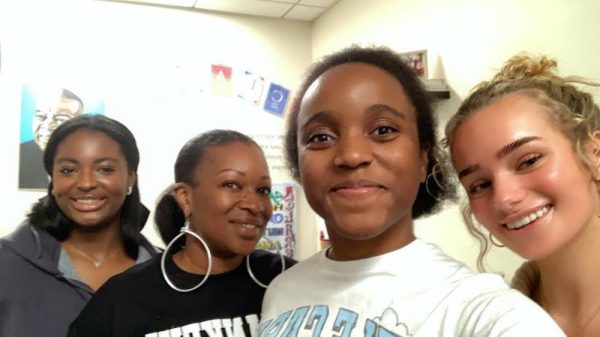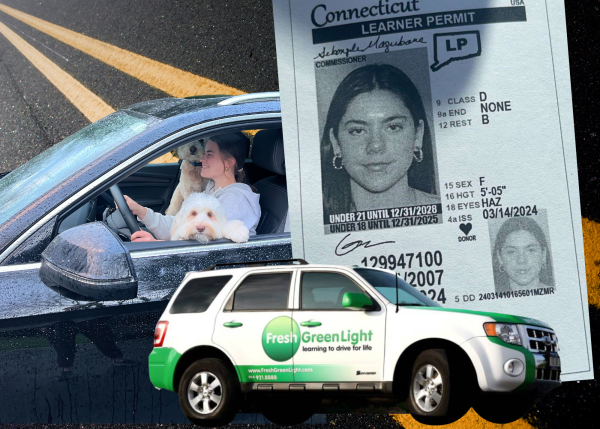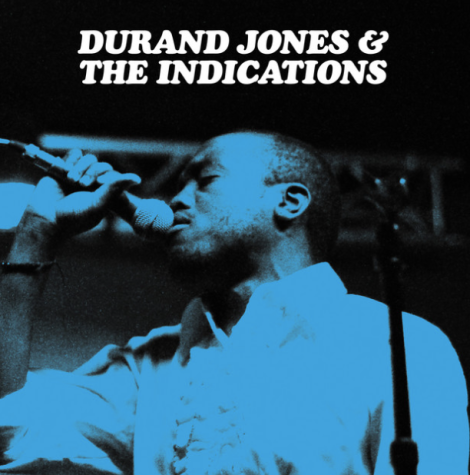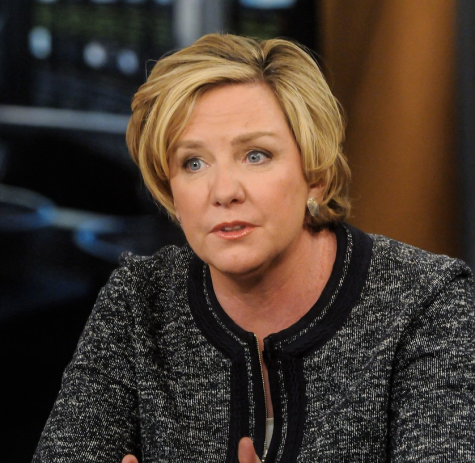Out of the Closets and Into the Streets: A Brief History of LGBTQ+ Activism
LGBTQ+ History Month highlights people and movements who influenced LGBTQ+ history and, in turn, modern social and political activism. Learn more about the history of LGBTQ+ activism here.
This past month was LGBTQ+ History Month. The month is an annual observance of LGBTQ+ history and movements which is celebrated in October to coincide with National Coming Out Day: Oct. 11 and the anniversary of the first march on Washington for lesbian and gay rights. During this month, the goal is to educate people about the history of LGBTQ+ rights movements and encourage an inclusive environment in our world.
For starters, you may be wondering who decided we should observe LGBTQ+ history every year in October… or you may not be, but don’t worry I’ll tell you anyway! In 1994, Rodney Wilson, a high school teacher in Missouri, felt we should have a month dedicated to educating people on and celebrating the progress of LGBTQ+ history. Okay, time to educate—here are some people and events that you should know about:
The Stonewall Riots
The Stonewall Riot was a violent conflict between gay rights activists and the police starting June 28, 1969. Throughout the ’60s, bartenders were provided the ability to deny service to anyone they deemed disorderly—therefore, the LGBTQ+ community was no longer being served at bars because being gay was apparently extremely…untidy? The Stonewall Inn was a mafia-run gay bar that was targeted, like most gay bars at the time, by the police. Raids occurred roughly once a month until June 1969 when there was a sudden increase in police raids. And so, on June 28, when the police raided the Stonewall Inn, a six-day series of riots began. The riots were not the sole or direct cause of the gay rights movement, but they most certainly played a crucial role in inciting a new wave of social and political activism.
Sylvia Rivera
Sylvia Rivera was a transgender activist who participated in the Stonewall Riots (which you now know all about) at age 17, by throwing the “second—not first” cocktail at a cop. She was an advocate for the rights of both transgender and gender nonconforming people who were often outcasts in the gay rights movement. As a child, Sylvia was beaten for her untraditional adoration of clothing and makeup, and so she ran away when she was 11 years old. The gay rights movement did not welcome her and her gender expression compelled her to forge her own path. With the help of Marsha P. Johnson, Sylvia started the Street Transvestite Action Revolutionaries (STAR). STAR House, the building associated with STAR, gave shelter and help to those who needed it. She continued to struggle throughout the entirety of her life, but she spent that arduous life fighting so that people like her would never be forced to have the same experiences and troubles that she had.
National March on Washington for Lesbian and Gay Rights
This was the first march and rally on Washington for the LGBTQ+ community. To march on Washington is an act of demonstrating the immense support for a cause. On October 14, 1979, the LGBTQ+ community rallied together with the common goal of passing a gay rights bill. The bill would ban discrimination based on sexual orientation in the federal government, military, and federally-contracted private employment, repeal all anti-gay and lesbian laws, end discrimination against gay parents in custody cases, and protect LGBTQ+ youth from discrimination in their homes, schools, jobs, and social environments.
Karl Heinrich Ulrichs
When the early queer activist Ulrichs was growing up in 19th-century Germany, pedophilia and homosexuality were considered practically identical (to help make this make sense, the definition of pedophilia is “a psychosexual disorder, generally affecting adults, characterized by sexual interest in prepubescent children or attempts to engage in sexual acts with prepubescent children” …Oh, sorry, that still makes no sense). Ulrichs’ original intent was to separate the two concepts. So, he came up with the word “Urning” which he used to describe men who were attracted to other men. This word was his first movement into the discussion of queerness. While his word did not catch on, the word homosexuality did; Ulrichs disliked this word because he felt there should be more separation between queerness and sexual acts. Ulrichs’ theory expanded throughout his lifetime. Maybe, he thought, people could like men AND women! All these ideas he brought to the table made him influential in his time and in the gay rights movement. While Ulchris was not the first queer activist, he used his voice to add to the conversation.
Obergefell v. Hodges
On June 26th 2015, the US government finally legalized marriage equality in all 50 states. The US Supreme Court ruled 5-4 that same sex marriage is protected under the Due Process and Equal Protection Clauses of the Fourteenth Amendment.

When not writing for GAP, Elizabeth can often be found studying for Latin, baking banana muffins, and going on long walks. She is also the stage manager...

